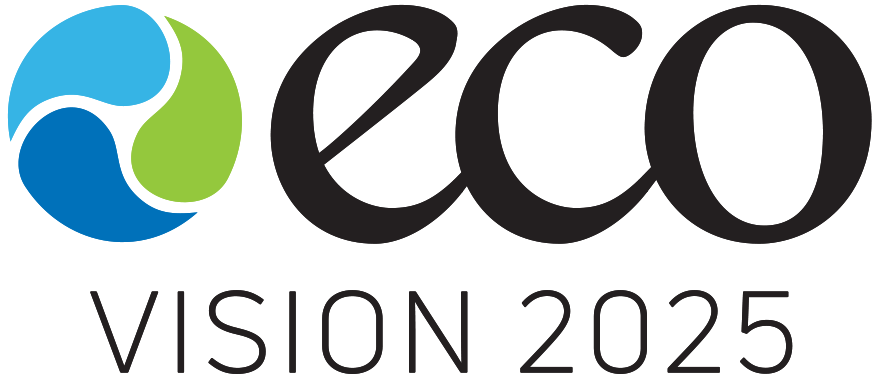Water Quality
To ensure the environmental, social and economic well-being of our coastal communities, it is essential to prioritize the health of our region’s watersheds, with an emphasis on maintaining high standards for water quality. To achieve this goal, it is necessary to understand the impact of our activities on the watershed. Let’s start by defining the term “watershed”.
A watershed is an area with natural boundaries, where water from rain and snowmelt flows through streams and rivers to a lower-lying body of water, such as a lake or bay. The municipalities of Shediac and Cap-Acadie are part of two major watersheds. These watersheds are themselves divided into numerous sub-watersheds for each of the watercourses that flow to the sea. No matter where we are, we are always in a watershed!

Healthy Watershed Benefits
Healthy watersheds provide a wide range of benefits, including clean drinking water and food production. Watershed health is also important for economic reasons as it supports industries such as recreational and commercial fishing, tourism, and agriculture. It also provides recreational opportunities for activities such as swimming, boating, and hiking.
Healthy watersheds also support diverse and thriving ecosystems that provide habitat for a variety of plant and animal species. These ecosystems also provide important ecological services, such as nutrient cycling, water purification, carbon dioxide storage, and flood control, thereby mitigating the effects of climate change. Salt marshes and estuaries, which are part of our coastal watersheds, are particularly important as they provide important habitats for migratory birds and other wildlife.
However, some consequences of human activities, such as pollution and deforestation can have negative impacts on our watersheds. This can degrade water quality in local waterways, reduce the availability of clean drinking water and harm wildlife. In addition, degraded watersheds are more susceptible to the effects of natural disasters like hurricanes and flooding, which can result in economic losses and impacts on the lives of residents.
Stormwater Runoff and Water Quality
As our coastal communities grow, natural areas are being replaced by buildings and other impervious surfaces such as roads and parking lots. While development is necessary, it often results in increased stormwater runoff.

Excessive runoff means that more water that carries pollutants like oil, pesticides and pet waste makes its way into nearby waterways. It is therefore increasingly important to ensure that an adequate buffer zone is maintained along watercourses to preserve water quality. In addition, new and innovative methods are needed to mitigate these effects through green infrastructure such as rain gardens, bioswales and other techniques.
Several green infrastructure projects have been carried out by the Shediac Bay Watershed Association and Vision H2O in recent years.
Watch this video to learn more about stormwater runoff and water quality

This initiative is sponsored by:

